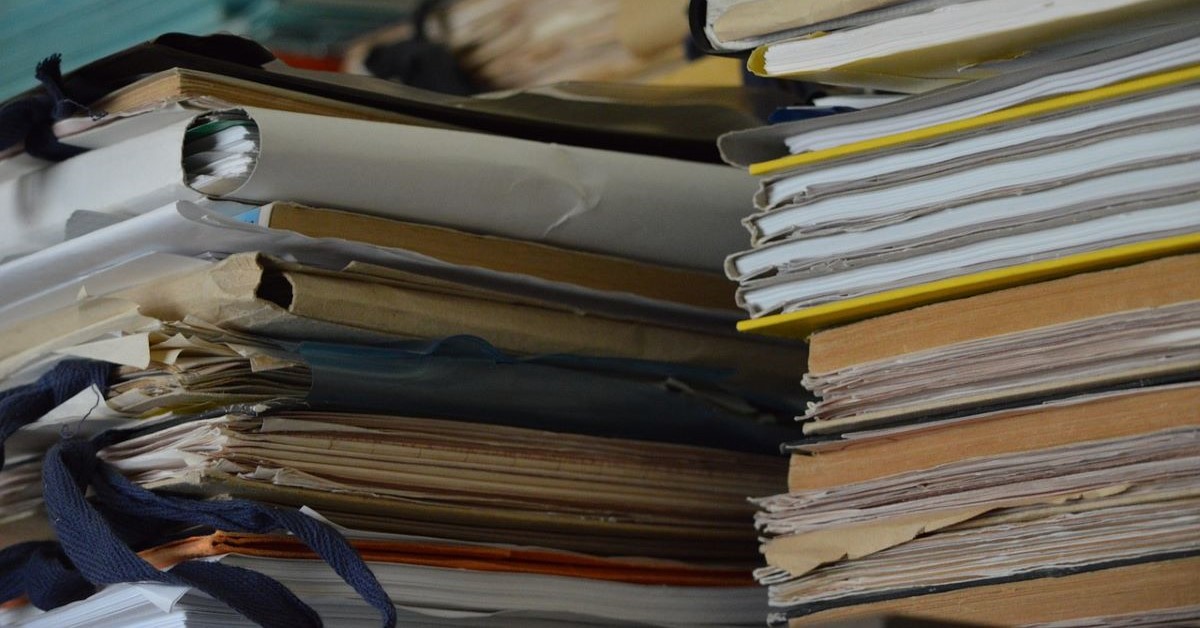CORD best practice #6 – publishing citable reports
19/06/2019

I’ve already highlighted a variety of great uses of CORD, Cranfield’s repository for data and other supporting research outputs. But it seems Cranfield researchers have tons of good ideas on how to use it, so I’m not running out of options just yet! Today I’d like to mention Mariale Moreno’s collection of reports conducted as part of the RECODE Network. This was an EPSRC-ESRC funded network set up to develop an active community exploring using big data in a re-distributed manufacturing model for consumer goods.
With EPSRC and ESRC funding, it was imperative that the outputs were widely disseminated and preserved for the long-term after the project ended. We’ve already looked at how a data repository can ensure project websites aren’t lost, but this is a slightly different take in how the final project report is handled. The RECODE Network website is still active and contains a link to download the final 212-page pdf project report. This report was also printed and disseminated in physical form to attendees at the various events attended to share the outcomes.
The report contains five feasibility studies (and a whole lot more). Mariale used CORD to host each individual case study, and created a collection grouping these five together. By depositing each case study individually, she could gain a DOI for each one so that they can be cited independently. They benefit from their own items on CORD for increased discoverability by people interested in that particular context, by search or browse.
I particularly like how Mariale took advantage of CORD’s ability to reserve a DOI in advance, before publishing the final items. This enabled her to include the DOI in the final report copy, and ensure it would be included in the print version and each final report pdf. Then, when delegates received the printed report, they could easily access the relevant study and download it electronically or cite it – so no risk of the output being forgotten even if someone decided to declutter!
Creating a collection was a nice way to group the five items together, so there was one landing page to link to and promote. On CORD, anyone can create a collection and add their own items and/or other people’s items to it. Sometime it’s used to group outputs from a project like this, sometimes outputs from an event, or sometimes outputs on a particular theme that you’re interested in (e.g. chemistry favourites). You can republish the collection whenever you like if you change items, and you will see a flag when items in your collection are updated, so that you can decide whether to update your collection accordingly or continue citing that particular version.
Categories & Tags:
Leave a comment on this post:
You might also like…
A beginner’s guide to sourcing a company beta
Beta is the measurement of a company’s common stock price volatility relative to the market. If you’re trying to find a current beta for a company there are a number of places to look. These ...
Credibility, confidence and collaborative focus: The impact of studying for a sustainability apprenticeship at Cranfield
For participants on Cranfield’s Sustainability Business Specialist Apprenticeship, it doesn’t take long for their studies to start to have an impact, with that impact ranging from personal growth and career progression, to organisational effect ...
Meet Mendeley: a powerful referencing tool that does the hard work for you!
Are you looking for a way to manage your references, create in-text citations and reference lists for your assignments or thesis? If so, you may wish to consider using Mendeley. What is it? Mendeley is ...
Adding documents to your Mendeley account
To make the most of a Mendeley account, it is useful to create and maintain a ‘Library’ of references. You can add references and documents to this Library in a number of ways: 1) Drag ...
Choosing the right reference management tool for you…
Are you thinking about using reference management software to help you manage your references? The Library is here to help you. While Mendeley has been our go-to reference management software for some years, we've recently ...
Cranfield Seed Fund recipient, Cosysense, are using AI to solve air conditioning problems and provide a net zero alternative
If you’ve ever worked in an office environment you’ve probably been involved in, or overheard, a conversation about the air conditioning. Well, it’s no surprise it’s a common complaint when research shows that up ...






